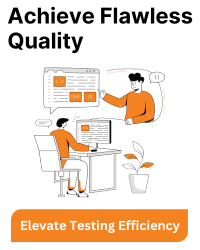Here are some database design techniques you can use to optimize for fast reads of “latest” IoT values in your scenario:
1. Separate table for Latest Values (MeasurementLatest):
Your team’s suggestion of using two tables – MeasurementLatest and MeasurementHistory – is a good approach. This design separates the frequently accessed “latest” data from the historical data.
MeasurementLatest: This table would have columns for DeviceId, Property, Value, and LastUpdatedDateTime. Update this table whenever a new measurement arrives for a device and a property.
2. Partitioning the MeasurementHistory table:
Consider partitioning the MeasurementHistory table by DeviceId or a combination of DeviceId and Year. This allows the database to efficiently locate data for a specific device or timeframe.
3. Materialized Views:
You can create a materialized view based on the MeasurementLatest table. This view would join the MeasurementLatest table with itself on DeviceId and Property to get the latest values for each combination. This can further improve query performance for “latest value” lookups.
4. Indexing:
Ensure the MeasurementLatest table has appropriate indexes on DeviceId and Property. These indexes will significantly speed up queries looking for the latest values for a specific device-property combination.
Additionally, if you decide to keep some recent history in the MeasurementLatest table (e.g., latest readings for the past day), consider an index on LastUpdatedDateTime for efficient retrieval based on a time range.
Addressing the Slow Query:
The slow query you provided can be optimized by leveraging the suggested techniques:
Instead of the subquery to find the latest DateTime, directly join the MeasurementLatest table on DeviceId and Property to get the latest values.
Here’s an example of the optimized query using a separate Latest table:
SQL
SELECT ml.DeviceId, ml.Property, ml.Value, ml.LastUpdatedDateTime
FROM MeasurementLatest ml
WHERE ml.DeviceId = @DeviceId
Choosing the Right Technique:
The best approach depends on your specific needs and data access patterns. Evaluate the trade-off between read performance for “latest values” and write performance (updating both tables) when choosing between separate tables and materialized views.
Additional Considerations:
Data Retention Policy: Define a data retention policy to determine how long to keep historical data in the MeasurementHistory table. You can archive or purge older data based on your needs.
Monitoring and Performance Tuning: Continuously monitor your database performance and adjust indexes or materialized views as your data volume grows.
By implementing these techniques, you can significantly improve the performance of your “latest value” queries and ensure a near-real-time experience for your customers.


